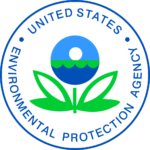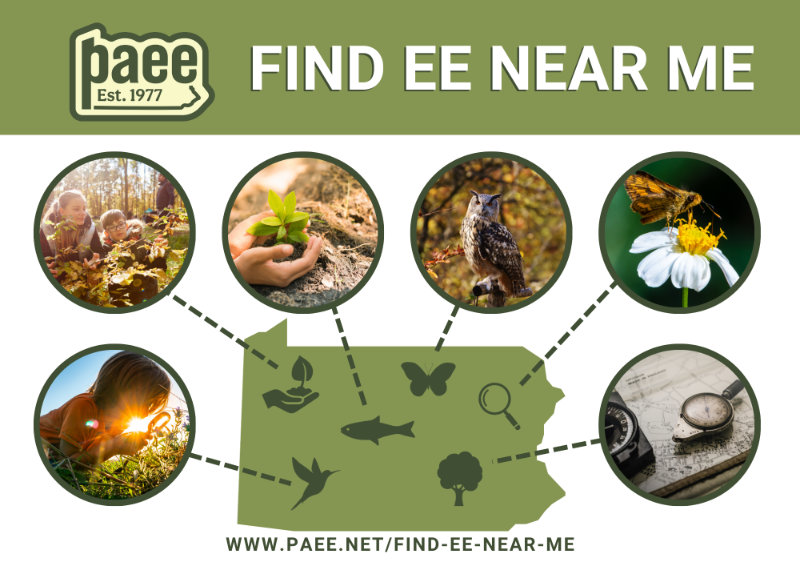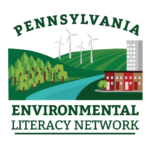
Environmental justice (EJ) is a priority for many state agencies in Pennsylvania. As defined by the United States Environmental Protection Agency, EJ is the fair treatment and meaningful involvement of all people regardless of race, color, national origin, or income, with respect to the development, implementation, and enforcement of environmental laws, regulations, and policies.
This goal will be achieved when everyone enjoys the same degree of protection from environmental and health hazards, and equal access to the decision-making process to have a healthy environment in which to live, learn, and work.
Bridging EJ barriers begins not only with culturally responsive teaching but also with the thoughtful engagement of local EJ communities. Although there is no federally recognized definition for marginalized and underserved communities, the Pennsylvania Department of Environmental Protection (PA DEP) defines an EJ Area using a formula of 32 different demographic and environmental factors. EJ Areas are mapped on PA DEP’s PennEnviroScreen tool.
Meaningfully engaging Pennsylvania’s EJ Areas is the focus of PA DEP’s Office of Environmental Justice (OEJ), which fulfills a critical role within PA DEP and statewide, ensuring that the Pennsylvanians most at risk from pollution and other environmental impacts have a voice in the decision-making process.
Meaningful Watershed Educational Experiences (MWEE) Ambassadors are crucial gateways to EJ in Pennsylvania, particularly when leading EJ-responsive MWEEs through a place-based lens. To encourage this capacity, MWEE Facilitators are strongly encouraged to explore the main goals, PennEnviroScreen tool, and resources on the DEP OEJ website, and to share this information widely with their MWEE Ambassadors.





